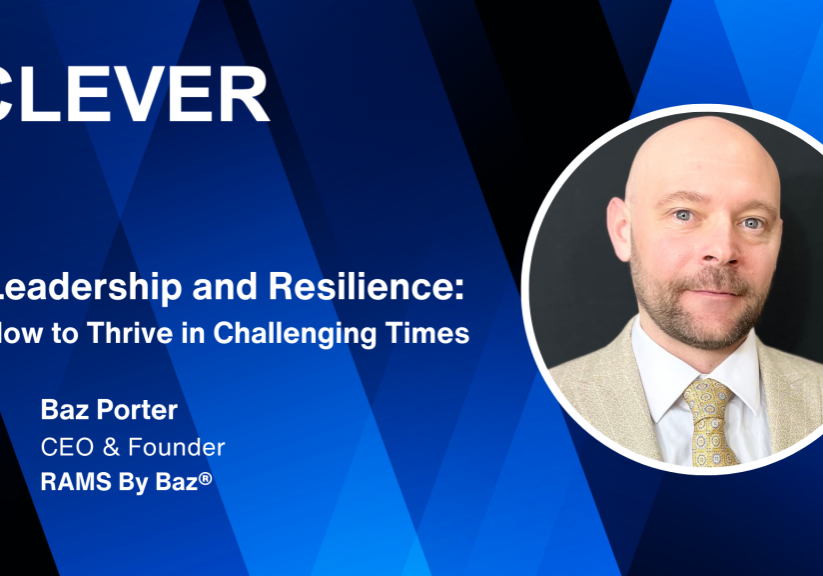
Mark Settle
Contributor
More posts by this contributor
To guard against data loss and misuse, the cybersecurity conversation must evolve
Privacy data management innovations reduce risk, create new revenue channels
Tomer Y. Avni
Contributor
Tomer Y. Avni is an MBA/MS student at the Harvard Business School and the Harvard School of Engineering and Applied Sciences.
More posts by this contributor
Privacy data management innovations reduce risk, create new revenue channels
The SaaS revolution began in 1999 when Marc Benioff founded Salesforce.com. Salesforce went public in 2004 after achieving $96 million in annual sales. Sixteen years later, it was added to the Dow Jones Industrial Average after reporting revenues of $17.1 billion in fiscal 2020. SaaS is no longer a revolutionary concept. It’s been embraced as a foundational IT building block within companies of all sizes, industries and geographies.
SaaS sprawl is a natural consequence of the SaaS revolution. An analysis of Okta’s 2020 customer database revealed that companies employing 2,000 or more individuals maintained an inventory of 175 SaaS apps on average. A similar survey conducted by Blissfully in 2019 indicated that firms employing more than 1,000 individuals used 288 SaaS apps on average. And finally, two-thirds of the companies included in Productiv’s 2021 SaaS Management survey employed 100 or more SaaS apps.
By any measure, SaaS apps have become a conspicuous and pervasive component of every company’s digital landscape.
The numbers quoted above fail to convey the true sprawl created by widespread SaaS adoption. SaaS definitions vary from one company to the next and may include a combination of personal productivity tools, business applications, data services, collaboration tools, security services, AI/ML modeling platforms, etc.
Users with the greatest exposure to IT resources should be subjected to the strongest authentication procedur …












